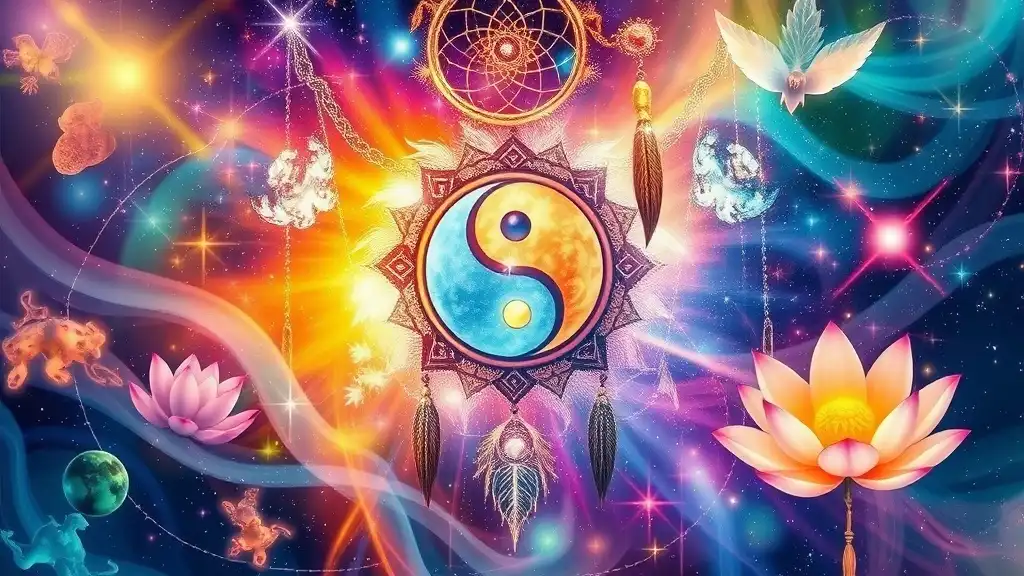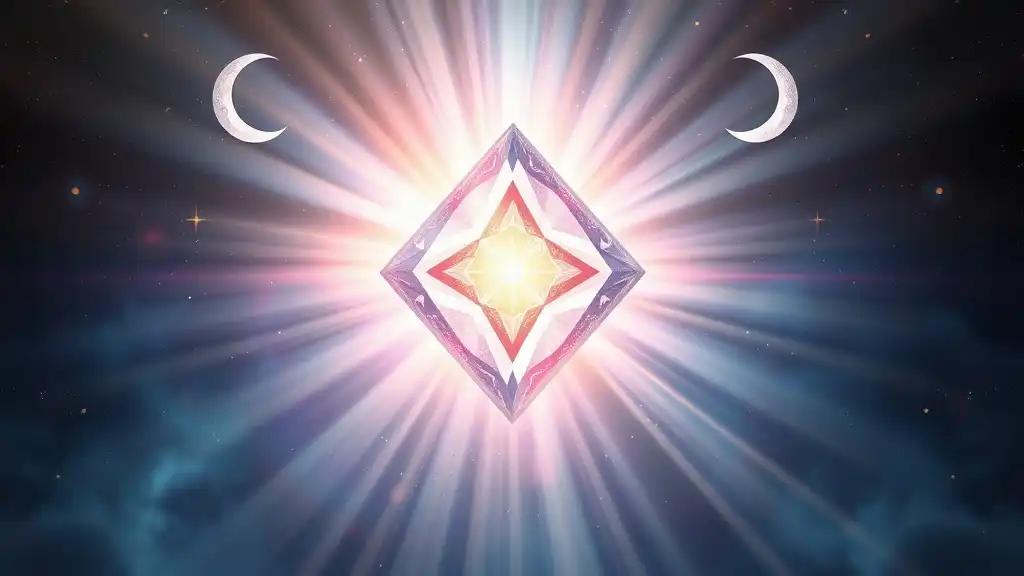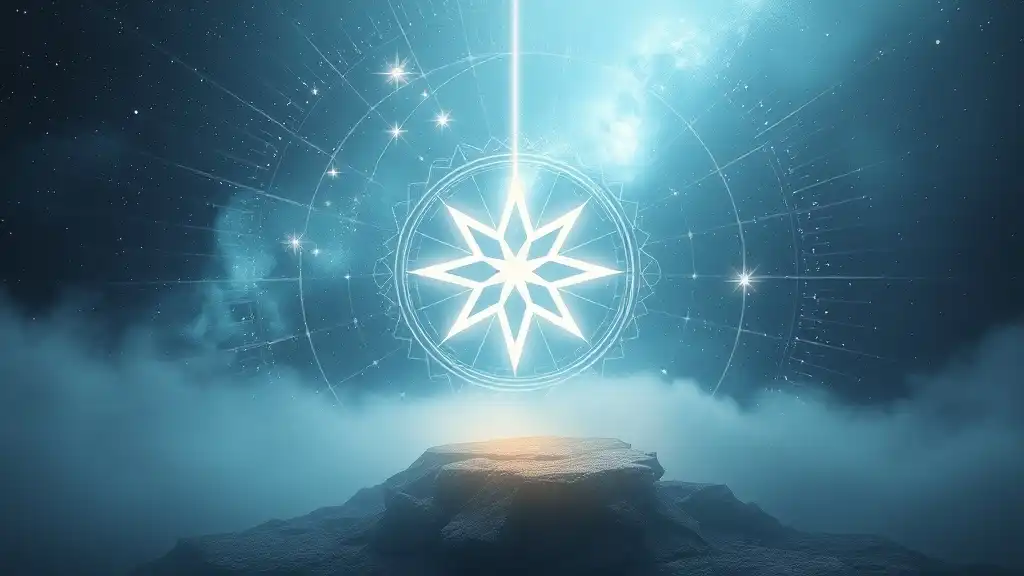The star symbol has captivated humanity for millennia, representing a myriad of meanings across cultures and religions. From ancient civilizations to modern spiritual practices, the star symbolizes hope, guidance, and a connection to the divine. Understanding its spiritual significance can enrich our journey and deepen our relationships with the cosmos.
Historical Context of the Star Symbol
The Star in Ancient Cultures
The star has been a vital symbol in various ancient civilizations, often viewed as sacred and influential.
Mesopotamia, often referred to as the cradle of civilization, believed the stars were manifestations of the gods. They observed celestial bodies to guide farming and navigation, linking their daily lives to the rhythms of the universe.
In Egypt, the star held profound meaning for the afterlife. The Ancient Egyptians believed that the soul ascends to the stars, specifically the North Star, where it would unite with the eternal.
The Star in Various Religions
Numerous religions view the star as a divine emblem. In Christianity, the Star of Bethlehem is synonymous with guidance and prophecy, leading the Magi to Jesus’ birthplace. This star represents hope and divine light breaking into the darkness of the world.
In Hinduism, the star symbolizes the Akasha, or the ether, which connects all living things. Stars are seen as reflections of the divine consciousness, embodying both material and spiritual realms.

Spiritual Meaning of the Star Symbol
Connection to the Divine
The star symbolizes a bridge between us and the cosmos, often understood as messengers of the universe. They embody celestial energy and serve as a reminder of our connection to higher realms.
When gazing at the night sky, many feel an overwhelming sense of wonder and gratitude, realizing that they are part of a greater existence. This connection fosters spiritual awakening and encourages individuals to explore their place within the universe.
Guidance and Direction
Stars have long been associated with guidance. Ancient sailors relied on the stars for navigation, mirroring how we can seek direction in our lives today. The notion of aligning with one's life path is illustrated beautifully through the symbol of the star.
Stars represent infinite possibilities and hope, often encouraging those feeling lost to seek their inner light. When faced with uncertainty, the star serves as a beacon, reminding us that clarity is always possible if we look within.

Different Types of Star Symbols and Their Meanings
The Pentagram
The pentagram, a five-pointed star, has extensive historical roots. Its origins can be traced back to ancient civilizations where it represented the elements: earth, air, fire, water, and spirit.
In modern spiritual practices, the pentagram has become a symbol of protection, balance, and the sacredness of life. It serves as a reminder to harmonize energy and manifest intentions into reality.
The Star of David
The Star of David, a six-pointed star, is a symbol deeply ingrained in Jewish tradition. It signifies the connection between the divine and earthly realms. The two overlapping triangles represent the duality of existence and the unity of opposites, like masculine and feminine, or spirit and matter.
For many, this symbol serves not only as a religious identity but also as a reminder of resilience and faith through adversity.
The Five-Pointed Star vs. the Six-Pointed Star
While both the five-pointed and six-pointed stars hold significant spiritual meaning, they differ in application. The five-pointed star often leans toward personal empowerment and physical representation, while the six-pointed star emphasizes balance and connection with the divine.

Stars in Astrology and Their Spiritual Implications
Astrology profoundly intertwines with spiritual interpretations of stars. Each star and celestial body holds specific energy and influences individual destinies.
Astrological charts reveal how the positioning of stars at the moment of one’s birth can impact personality, relationships, and spiritual growth. Understanding these influences allows for deeper self-awareness and the opportunity to harness cosmic energy in our everyday lives.

The Star in Meditation and Rituals
Integrating star symbols into meditation practices can enhance spiritual experiences. Visualizing stars during meditation can encourage tranquility, clarity, and a deepened connection with the universe.
Many spiritual traditions also incorporate star imagery in rituals and prayers, using them as focal points for intention-setting. This practice opens portals to divine communication, allowing one to draw guidance and wisdom from higher realms.

Personal Reflections and Experiences with the Star Symbol
Every individual's journey with the star symbol can be profoundly different. For some, stars evoke memories of hope and guidance during challenging times. For others, they may represent a sense of belonging within the universe.
Sharing experiences can enrich our understanding of this symbol's impact. Personal anecdotes can highlight how stars have influenced spiritual journeys, fostering a community of seekers exploring their unique paths.

Conclusion
The spiritual significance of the star symbol is vast and intricate, weaving through history, cultures, and individual experiences. It stands as a powerful emblem of divine connection, guidance, and the infinite possibilities of existence. As you reflect on your relationship with the star symbol, consider how it might guide you toward deeper self-discovery and spiritual fulfillment.

Call to Action
We invite you to share your experiences or thoughts on the star symbol. How has it impacted your spiritual journey? For those interested in learning more, we encourage you to explore additional resources on spiritual symbols and their meanings.



















